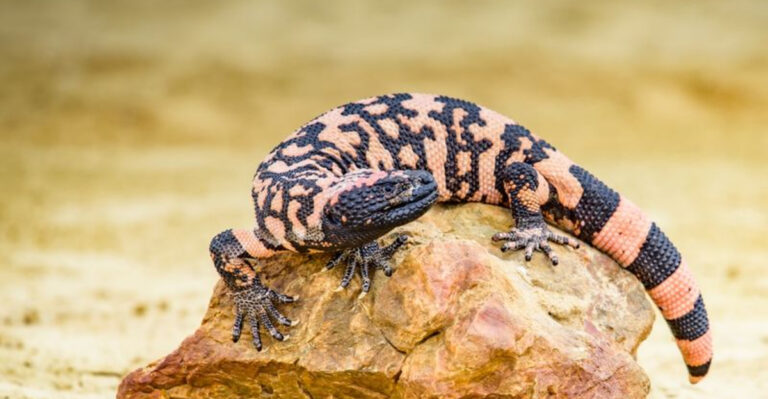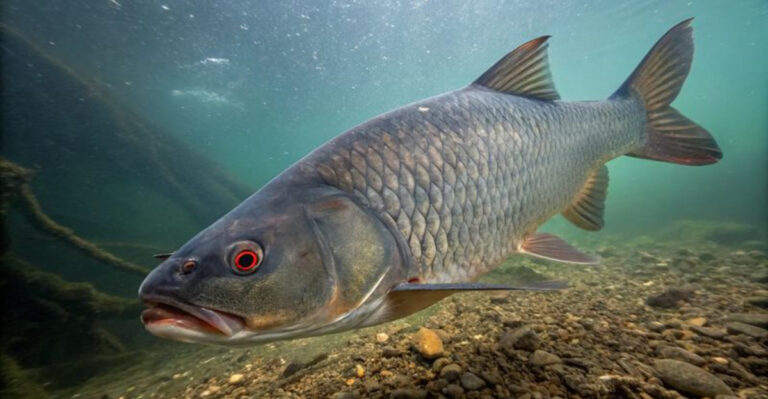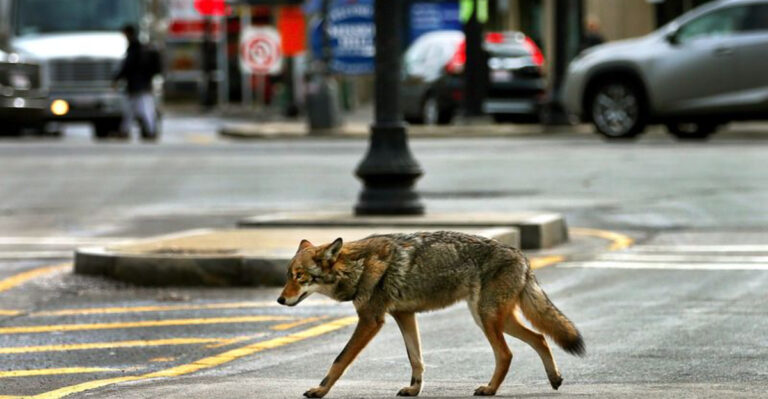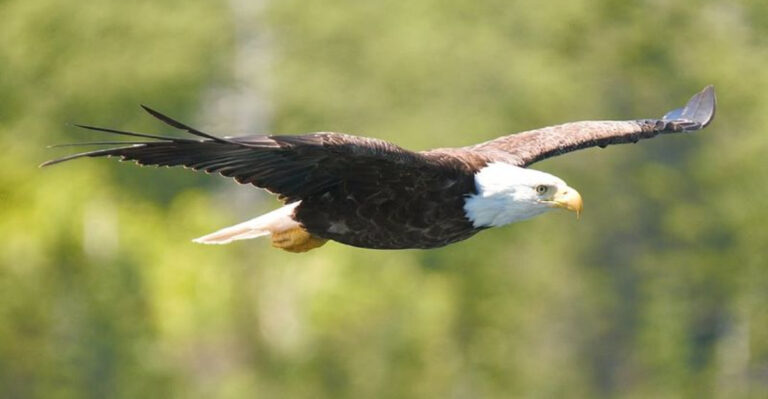12 Ways Dogs Are Helping American Kids Learn Responsibility
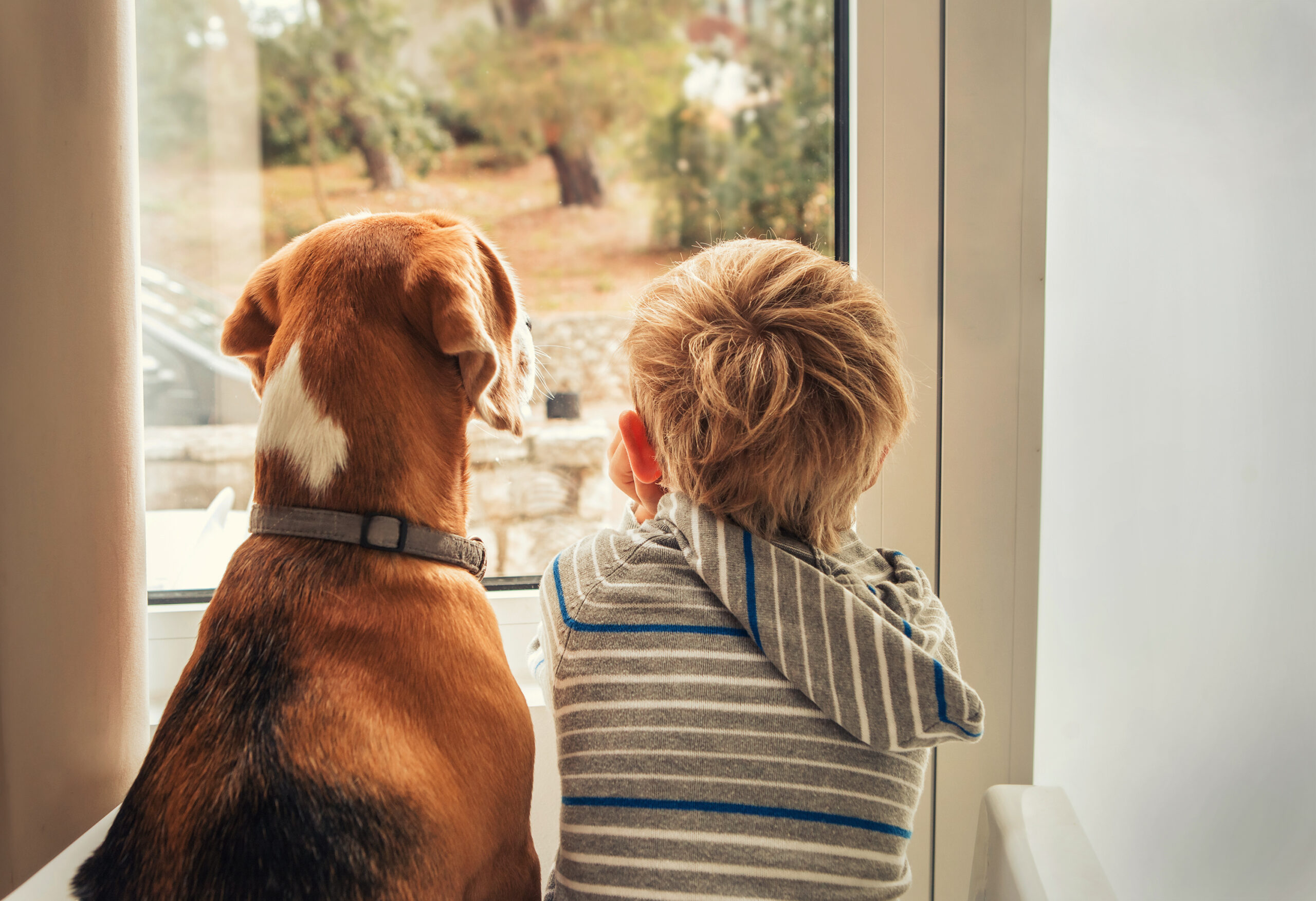
In every wag of a tail and playful bark, dogs are teaching kids lessons that textbooks can’t offer. From feeding schedules to daily walks, these furry friends have become tiny mentors in responsibility.
As children learn to care for their canine companions, they’re also developing essential life skills. Join us as we explore unique ways our four-legged pals are molding the next generation into responsible adults.
1. Morning Routine Managers

Kids often need a gentle nudge to break away from their cozy beds, but having a furry friend waiting for breakfast can be a powerful motivator.
When a child knows their dog is counting on them to serve breakfast, they’re more likely to abandon their dreams of becoming a morning sloth. This responsibility teaches punctuality, as Fido’s tummy waits for no one!
As the sun peeks over the horizon, children learn the importance of routine. Preparing a balanced meal for their dog reinforces planning and nutritional awareness. They might even sneak in a healthy tidbit for themselves. Isn’t that a win-win situation?
Through this daily task, kids begin to understand the impact of their actions on others, fostering empathy and a sense of duty. This early morning commitment is more than just a chore; it’s a step towards developing a reliable nature.
2. Walkies And Talkies
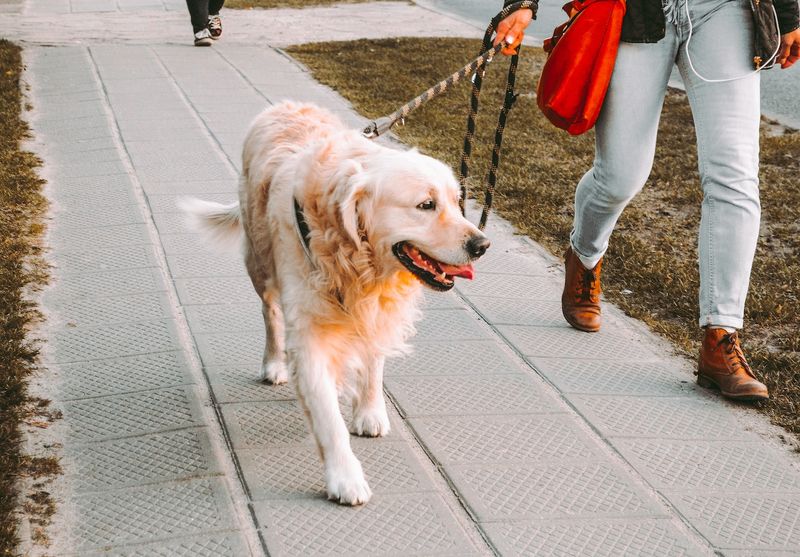
Leashing up and heading out for a ‘walkie’ isn’t just about stretching those paws; it’s about bonding and responsibility.
Kids learn to prioritize exercise for their pooch, understanding that a healthy dog is a happy dog. This regular activity instills time management skills, as walks become a non-negotiable part of their day.
These strolls are also moments of reflection and connection. Children chat with their canine friend, sharing secrets and dreams. While the dog might not have sage advice, the act of talking through thoughts is invaluable. It’s like therapy, minus the couch and therapist.
Most importantly, these walks teach spatial awareness and safety. Kids must watch for traffic and other dogs, enhancing their alertness. As they guide their dog, they develop leadership skills, all while enjoying the great outdoors. A simple walk becomes a multifaceted lesson in life.
3. Grooming Gurus
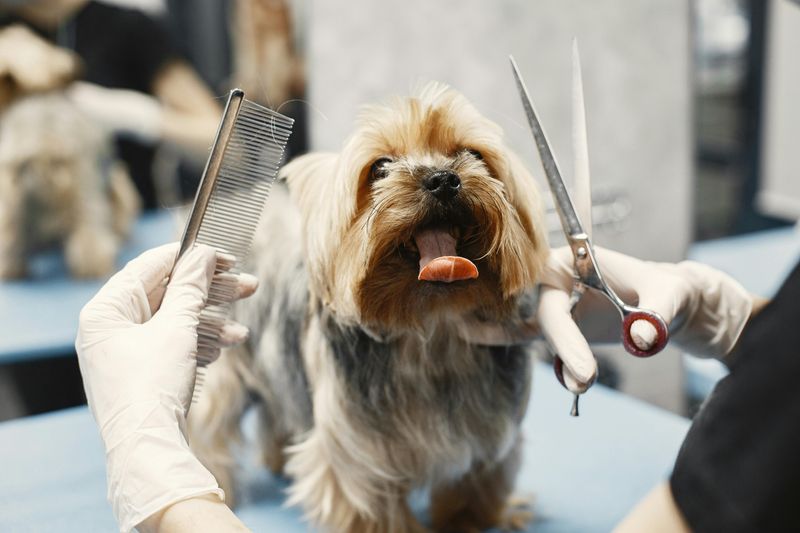
The task of grooming might seem mundane, but to kids, it’s a transformative experience. By brushing their dog’s coat or cleaning its ears, children learn the significance of hygiene and regular maintenance. It’s a bit like having their own pet spa!
Grooming requires patience, as dogs don’t always sit still like a statue. Here, kids develop perseverance and adaptability, finding creative ways to keep their furry friend calm. Sometimes, it involves a treat or two as a peace offering.
As they run a brush through the fur, children also engage in one-on-one time with their pet, strengthening their bond. This connection fosters a sense of responsibility and devotion, as they recognize the trust their dog places in them. It’s a hairy situation that results in a cleaner dog and a more responsible child.
4. Veterinary Visit Champs

Trips to the vet can be daunting, even for adults. Yet, children who accompany their pets to these appointments learn a heap about health and wellbeing. By observing the examination process, kids gain insights into medical care, from vaccinations to regular check-ups.
This experience teaches them to prioritize health, not just for their pets, but for themselves too. They learn to ask questions, understand treatments, and show compassion during stressful times. It’s a crash course in empathy and medical awareness rolled into one.
Moreover, these visits can demystify the world of veterinary medicine, inspiring some children to consider careers in animal care. The vet’s office becomes an interactive classroom, where learning never takes a back seat, but rides comfortably in the front.
5. Training Session Stars
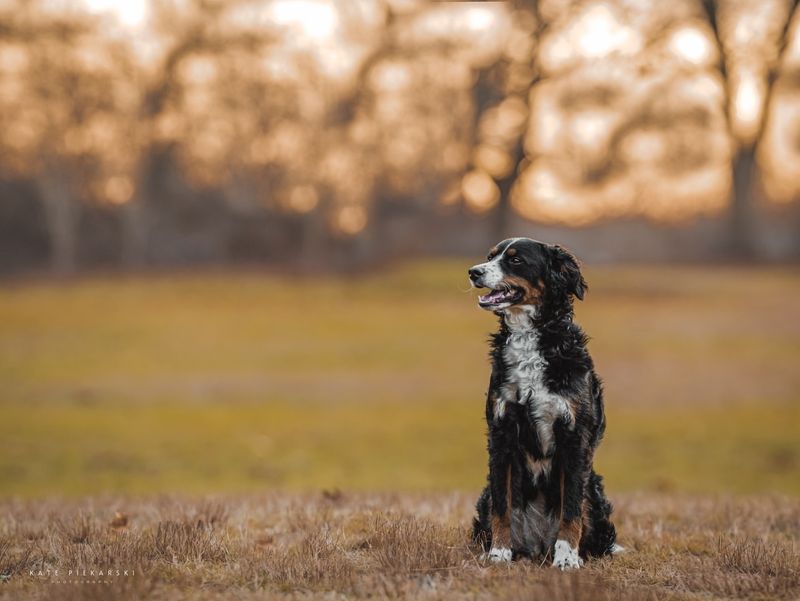
Training sessions are where the magic happens, turning playful pups into obedient companions. Kids take on the role of instructor, teaching their dogs commands like ‘sit,’ ‘stay,’ and ‘fetch.’ Through this, they learn perseverance and communication skills, vital tools in any leadership role.
Each command taught and mastered is a victory, celebrated with wagging tails and happy barks. This encourages children to set goals and work towards achieving them, nurturing a sense of accomplishment and self-worth. It’s like earning a badge in the scouts, but with more treats involved.
Training also requires consistency and patience, as dogs don’t always get it right the first time. Children learn the value of repetition and positive reinforcement, understanding that progress takes time. Through these sessions, they become more responsible and resilient individuals.
6. Pet Nutrition Experts
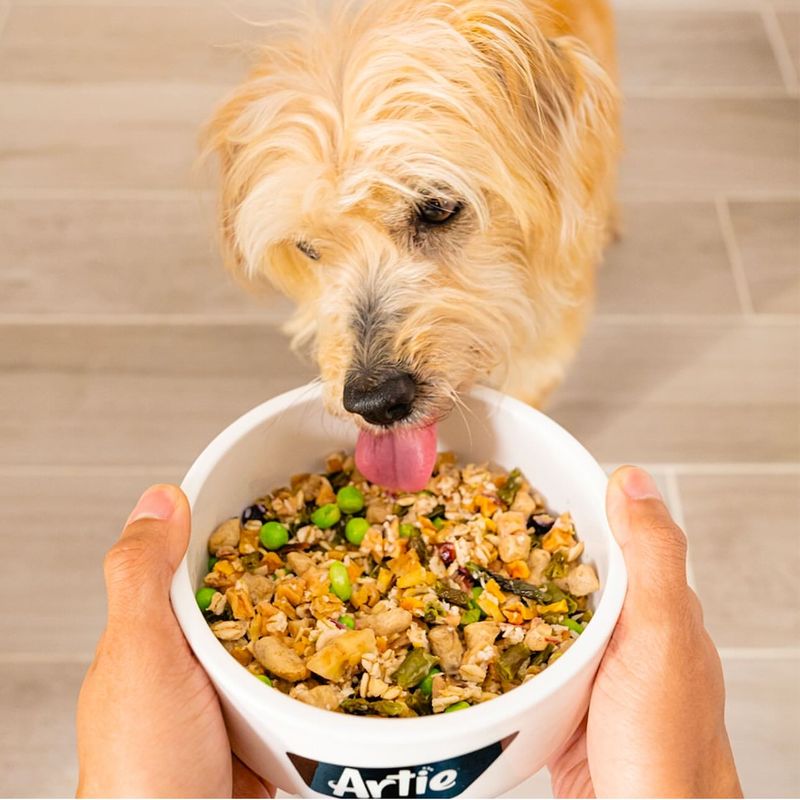
Understanding what goes into a dog’s bowl is a lesson in responsibility and health. Kids who take an interest in their pet’s nutrition learn to read labels, compare ingredients, and make informed decisions. It’s like becoming a mini-nutritionist!
They discover the difference between proteins, carbohydrates, and fats, which can even inspire healthier eating habits for themselves. Choosing the right food helps them understand the importance of dietary needs and how they impact well-being. It’s a deliciously educational experience.
Moreover, kids learn budgeting skills by considering the cost of different dog foods. They start to grasp the concept of value for money, deciding between what’s best for their pet and what fits the family’s budget. This culinary journey is rich in lessons, nourishing both mind and body.
7. Home Safety Inspectors
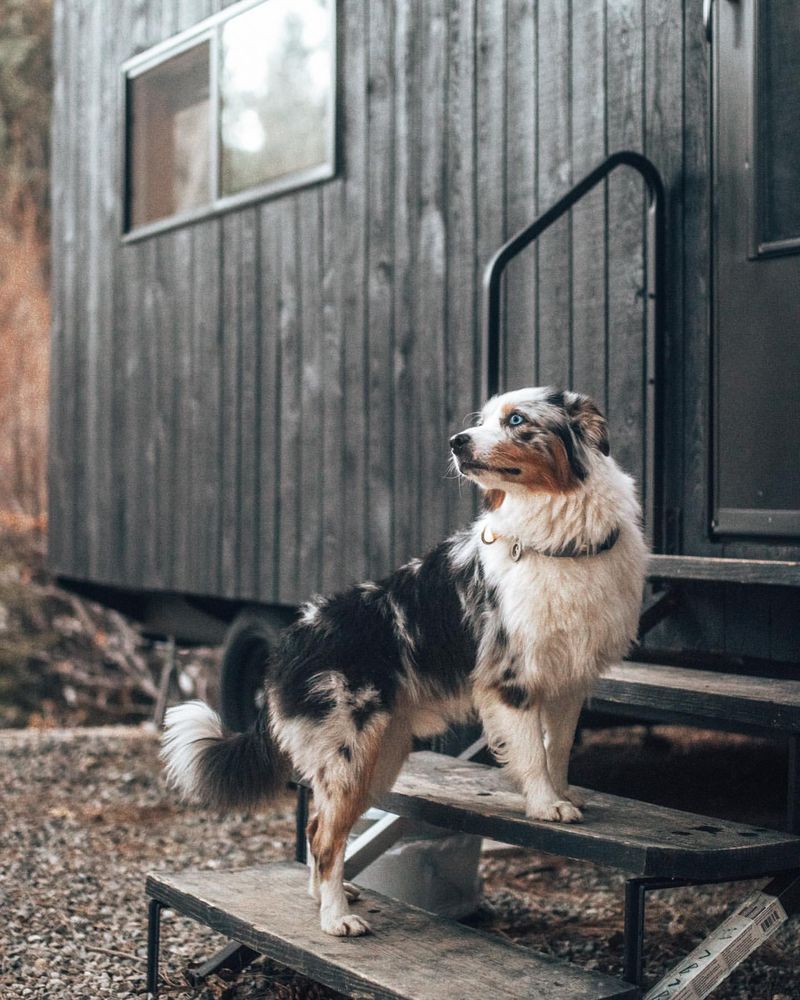
Every home needs a safety inspector, and who better than a vigilant child? Kids learn to identify hazards that might harm their dog, like loose cords or open doors. This practice enhances their problem-solving skills, as they figure out how to keep their furry friend safe.
By setting up pet gates or securing cabinets, children become more aware of their surroundings. They start picking up on potential dangers, applying these insights to their own personal safety. It’s a ‘paw-sitive’ step towards becoming more conscientious individuals.
This role also teaches accountability, as kids recognize that their dog’s safety rests partly in their hands. They learn the importance of prevention and vigilance, creating a safer environment for everyone at home. It’s not just about the bark; it’s also about the safety bite.
8. Playtime Facilitators
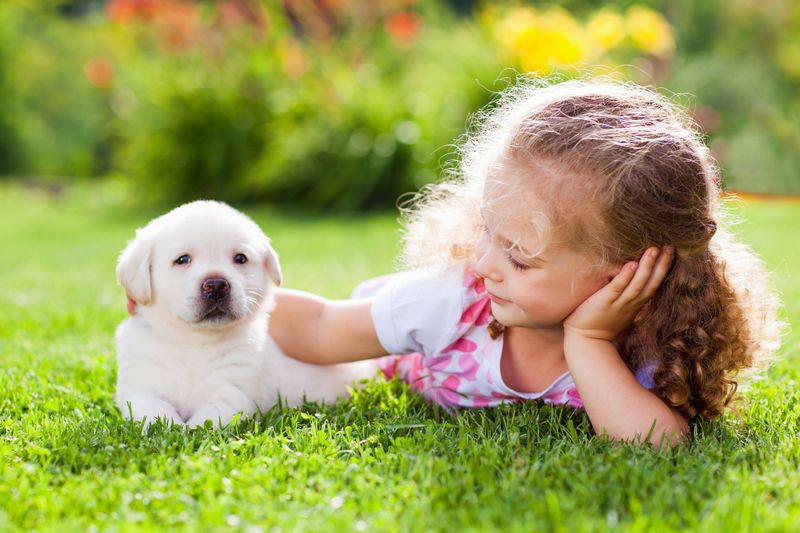
Playtime is more than just fun and games; it’s an opportunity for kids to learn responsibility through engagement and interaction. Facilitating their dog’s playtime, children learn to prioritize bonding and physical activity, ensuring their pet gets the exercise it needs.
These sessions encourage creativity, as kids invent new games or teach their dog unique tricks. It’s a fun lesson in leadership and innovation, where the reward is a wagging tail and a happy bark. The playful nature of these activities adds a layer of joy to the learning process.
Moreover, children learn to balance play with other responsibilities, managing their time effectively. This balance is crucial, teaching them to juggle fun and duty seamlessly. Through play, they discover that responsibility can be as enjoyable as a game of fetch.
9. Pet-Friendly Advocates
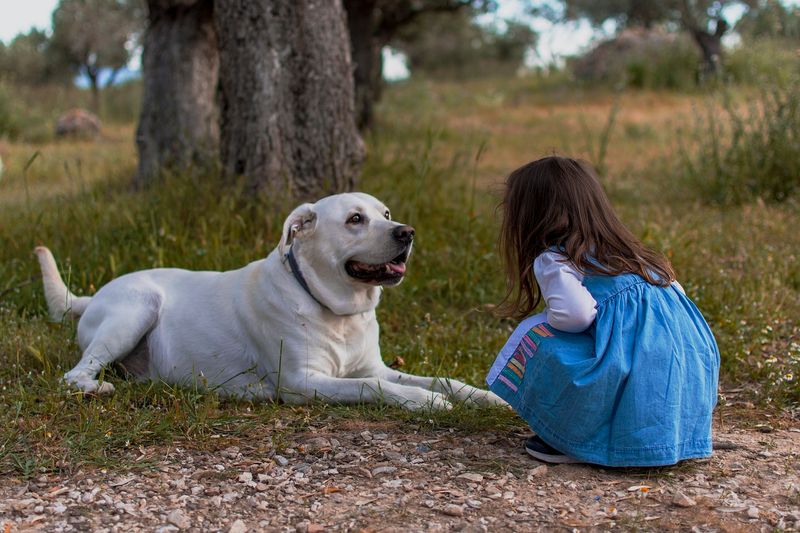
Creating a pet-friendly environment is an art, and kids become budding artists in this endeavor. They learn to arrange spaces that accommodate their dog’s needs, from cozy beds to safe play areas. This task involves planning and creativity, turning ordinary spaces into canine havens.
By advocating for their pet’s comfort, children develop empathy and foresight. They anticipate their dog’s needs and make adjustments accordingly, a skill that translates well into other areas of life. It’s about making their home a better place for all its inhabitants, furry or not.
This role also involves negotiating with family members, teaching kids diplomacy and compromise. They learn to articulate their ideas and persuade others, honing their communication skills. In creating these pet-friendly zones, children learn to think big while acting responsibly.
10. Socialization Supervisors
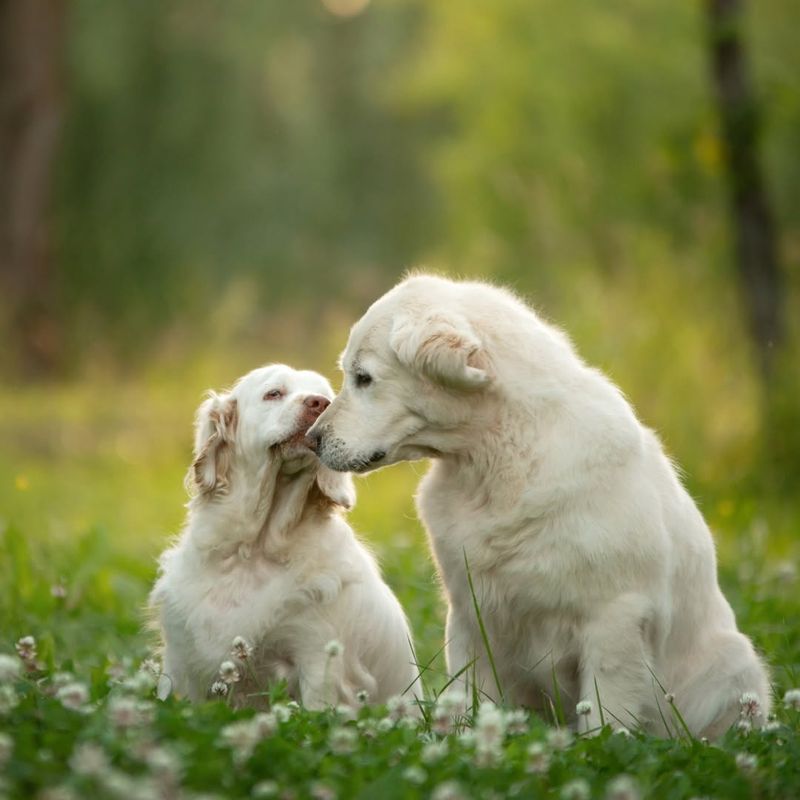
Socialization is crucial for dogs, and kids play a pivotal role in this aspect of pet care. By supervising playdates or park visits, children learn to gauge their dog’s interactions, ensuring they’re positive and respectful. It’s like being a social director for their pet!
These experiences teach kids about social dynamics, both for dogs and humans. They learn to mediate conflicts and encourage harmonious play, skills that are transferable to their own friendships. It’s an enriching lesson in communication and relationship-building.
Additionally, by observing different dog behaviors, children develop a deeper understanding of canine body language.
They become more adept at reading cues, fostering empathy and patience. Through these interactions, they learn the value of community and cooperation, essential elements in any social setting.
11. Doggy Diary Writers
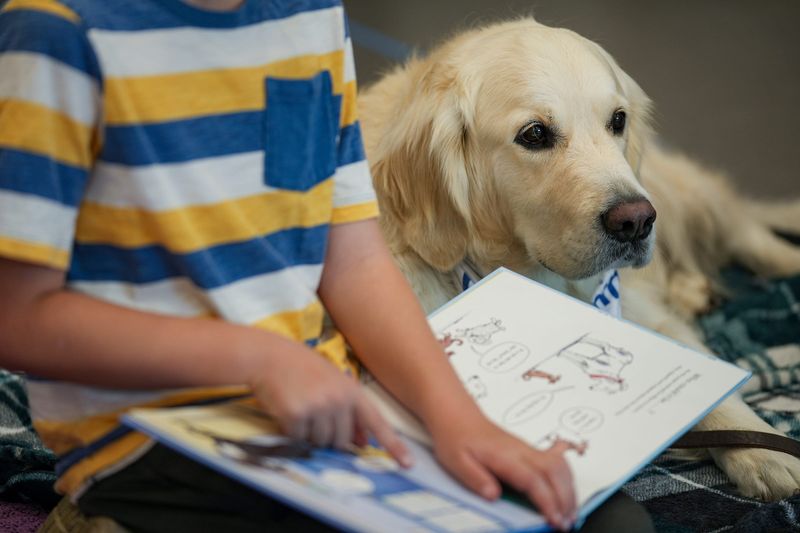
Keeping a ‘doggy diary’ is an exercise in reflection and storytelling. Kids document their dog’s adventures, from the mundane to the extraordinary. This practice enhances their writing skills and encourages them to observe and appreciate everyday moments.
As they jot down entries, children learn to express themselves creatively, capturing their pet’s personality and quirks. It’s a narrative journey that strengthens their bond with their furry friend, while also polishing their literary prowess.
This habit also instills a sense of continuity and responsibility, as kids commit to regular updates. They learn to value consistency and dedication in their pursuits, skills that are vital in all areas of life. Through this diary, they weave together stories of companionship and care, one entry at a time.
12. Community Canine Champions
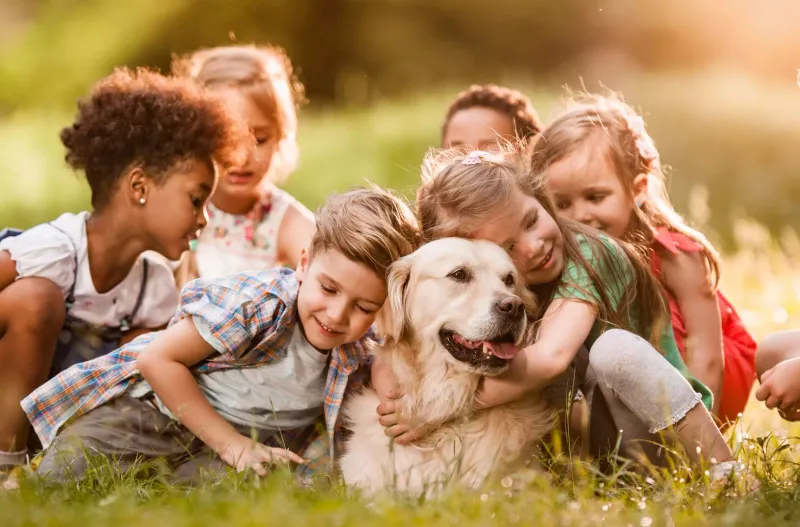
Being a community canine champion is no small feat. Kids who engage in community activities involving dogs learn the importance of teamwork and collaboration. Whether it’s organizing a dog parade or a pet adoption event, these initiatives teach them project management skills.
Children learn to plan, delegate, and see a project through from start to finish. They understand the significance of each role and the impact of collective effort. It’s an enriching experience that molds them into proactive and responsible individuals.
Furthermore, these activities teach kids about community service and empathy. They witness firsthand the joy that dogs bring to people’s lives, understanding the value of giving back. By championing canine causes, children become advocates for kindness and responsibility in their communities.

